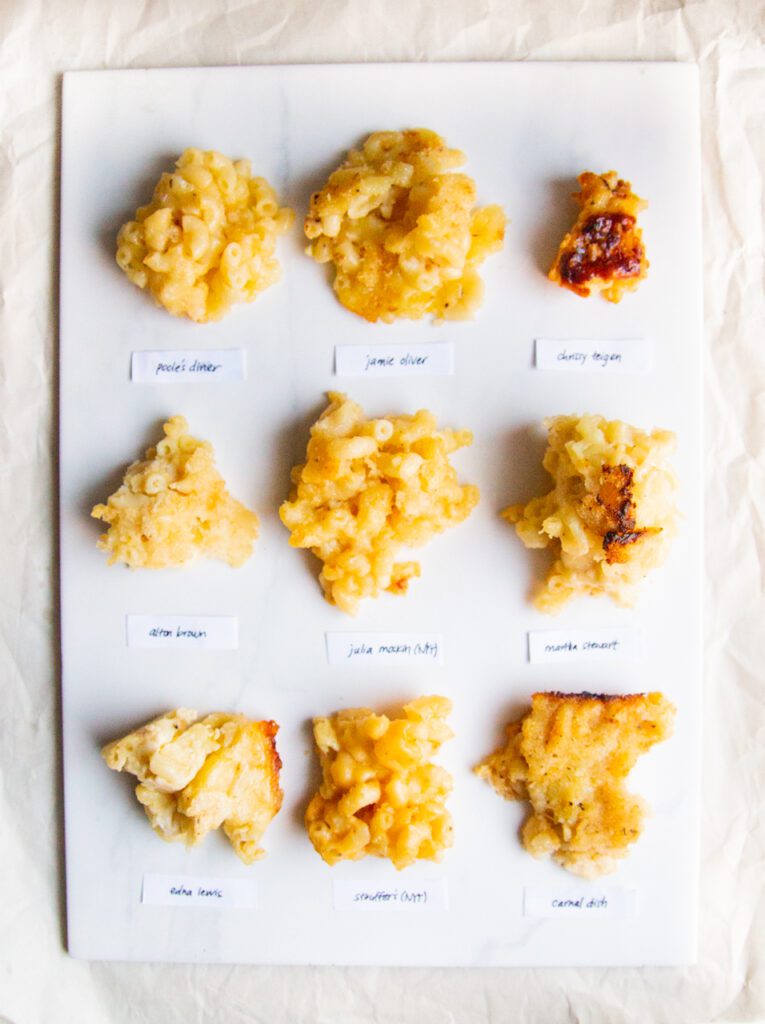Cheese, a beloved dairy product with origins over 7,000 years old, offers a rich variety of flavors and textures. From classic types like sharp Cheddar and creamy Brie to unique varieties like tangy Roquefort and crumbly Cotija, each cheese brings its own culinary uses and nutritional benefits. Cheddar is versatile in dishes, while Brie shines on cheese boards. Gouda enhances fondues, and Halloumi is ideal for grilling. Cotija adds an umami punch to Mexican cuisine. With unique profiles and cultural significance, cheese not only nourishes but also celebrates global craftsmanship and culinary creativity when enjoyed in moderation.
Cheese Chronicles: From Classic to Unique Varieties and Their Culinary Uses
Cheese, one of the oldest and most beloved dairy products, has captivated palates across the globe. With origins tracing back over 7,000 years, this versatile food has evolved from simple artisan creations to sophisticated gourmet varieties. Whether it’s a creamy Brie from France, a sharp Cheddar from England, or an intriguing blue cheese from Italy, each variety offers its own unique flavor profile, texture, and nutritional benefits. In this exploration of cheese, we’ll journey from classic varieties to unique offerings and examine their culinary uses alongside their nutritional values.
Classic Varieties
1. Cheddar
Origin: England
Taste Profile: Sharp, nutty flavor that intensifies with aging.
Culinary Uses: Cheddar cheese is incredibly versatile. It can be used in everything from sandwiches and burgers to macaroni and cheese, gratins, cheese sauces, and cheese boards.
Nutritional Value:
- Calories (per ounce): ~115
- Protein: 7 grams
- Fat: 9 grams (of which ~6 grams are saturated fat)
- Calcium: 200 mg (20% DV)
Cheddar is rich in protein and calcium, contributing to bone health and muscle maintenance. However, the saturated fat content necessitates moderation, especially for those monitoring heart health.
2. Brie
Origin: France
Taste Profile: Creamy and buttery with a delicate, earthy rind.
Culinary Uses: Brie is best served adorably on a cheese board, baked with honey or nuts, or used in elegant appetizers. Additionally, it can be melted into dishes for a luxurious finish.
Nutritional Value:
- Calories (per ounce): ~95
- Protein: 5 grams
- Fat: 8 grams (of which ~5 grams are saturated fat)
- Calcium: 15% DV
Brie’s richness makes it a delightful experience, but its fat content should be balanced with lighter foods for a more health-conscious approach.
3. Gouda
Origin: Netherlands
Taste Profile: Sweet, creamy, and slightly nutty, flavor deepens with age.
Culinary Uses: Gouda shines in cheese platters, sandwiches, melt-in-your-mouth fondues, and creamy pastas. It can also be paired with fruits and nuts for a perfect gourmet snack.
Nutritional Value:
- Calories (per ounce): ~110
- Protein: 7 grams
- Fat: 9 grams (of which ~6 grams are saturated fat)
- Calcium: 200 mg (20% DV)
Rich in flavor and nutrients, Gouda is also an excellent source of calcium, supporting strong bones.
Unique Varieties
4. Roquefort
Origin: France
Taste Profile: Bold, tangy, and intensely flavored with characteristic blue veins.
Culinary Uses: Roquefort is brilliant in salads, as a spread on bread or crackers, and adds depth to sauces. Its strong flavor pairs perfectly with sweet fruits like pear and figs.
Nutritional Value:
- Calories (per ounce): ~120
- Protein: 6 grams
- Fat: 10 grams (of which ~6 grams are saturated fat)
- Calcium: 20% DV
The flavor-packed Roquefort is nutrient-rich but, like other blue cheeses, it should be enjoyed in moderation due to its high-fat content.
5. Halloumi
Origin: Cyprus
Taste Profile: Salty with a slightly rubbery texture that becomes delightfully crispy when grilled.
Culinary Uses: Halloumi is famous for grilling or frying, as it retains its shape well. It is perfect in salads, served as a side dish, or integrated into a vegetarian kebab.
Nutritional Value:
- Calories (per ounce): ~100
- Protein: 6 grams
- Fat: 8 grams (of which ~5 grams are saturated fat)
- Calcium: 10% DV
Halloumi is a great source of protein and calcium, making it an ideal meat substitute for vegetarian meals, but caution is required due to its elevated sodium levels.
6. Cotija
Origin: Mexico
Taste Profile: Crumbly, salty cheese that enhances dishes with its umami flavor.
Culinary Uses: Commonly used as a topping for dishes like elote (Mexican street corn), tacos, and salads, Cotija adds a unique flavor punch to various cuisines.
Nutritional Value:
- Calories (per ounce): ~90
- Protein: 5 grams
- Fat: 7 grams (of which ~4 grams are saturated fat)
- Calcium: 8% DV
While Cotija provides a savory flavor and protein, its higher sodium content means it should be used sparingly, especially for those managing blood pressure.
Conclusion
Cheese is not just food; it’s an experience that connects cultures and highlights culinary creativity. From the classic favorites like Cheddar and Gouda to exotic varieties like Roquefort and Cotija, the world of cheese offers a tantalizing array of flavors and textures. With their unique nutritional profiles, these cheeses can fit into a balanced diet when consumed in moderation.
Exploring the realm of cheese is a celebration of its history, production, and cultural significance. As we savor the delectable varieties of cheese, we also contribute to a millennia-old tradition of craftsmanship that showcases regional differences and artisanal expertise. Whether enjoyed alone, in culinary creations, or as part of a sophisticated cheese platter, cheese continues to be an exciting and essential ingredient in kitchens worldwide.
